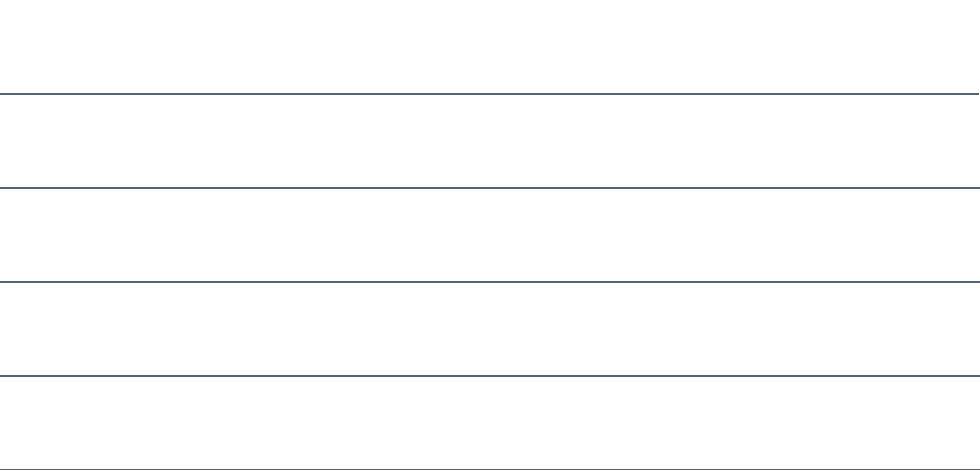The Potential of the Ocean
Facts about the fish & seafood market
The global population had already exceeded 8 billion people in 2022 and it's expected to hit 9.8 billion by 2050.
More than 3.1 billion people eat fish at least once a week. The diets of people in the industrialised countries are changing towards the consumption of healthy proteins. Urbanisation and real disposable income are on the rise.
In 2019, aquatic foods provided about 17% of animal protein and 7% of total protein globally. For 3.3 billion people, fish and seafood provide at least 20% of the average per capita intake of animal protein.
The growing demand for fish as a resource creates an attractive environment for investors.
The fish & seafood sector was only recently discovered by large financial institutions (first movers).
Bonafide offers a unique opportunity to participate in the growth market for fish and seafood.
Source: The State of World Fisheries and Aquaculture 2022 (FAO, 2022)


Ideal conditions for investments
A young and fragmented industry, underpinned by the increasing demand for fish and seafood around the world.
Sustainable investments contribute to food security for everyone.
Numerous family and small businesses offer growth, optimization and consolidation potential.
Mergers and acquisitions as well as market consolidation offer interesting buy-out opportunities.
Good timing with a target market that shows solid growth, promising investment prospects, and moderate to low competition.

Aquaculture: a new way to generate protein
Aquaculture is one of the most efficient ways to produce easily digestible, high quality proteins that contain all of the essential amino acids.
Fish provides essential unsaturated fatty acids (long-chain omega-3 fatty acids), vitamins D, A and B, and minerals (including calcium, iodine, zinc, iron and selenium).
More than just fish: the oceans contain many exciting opportunities
Companies are planting algae, which absorb CO₂; the algae are then processed and end up fresh on the plate or are processed into healthy snack products.
Companies recycle the waste products from aquaculture and use them to manufacture health products and medicines for human consumption.
Cosmetics can be made from substances in the sea: mother of pearl smooths wrinkles, sea silk makes hair radiant, and algae promises to be the miracle ingredient of the future. The environment also benefits from this.
Algae can also serve as an energy source, in particular as a source of fatty oils, which are of interest to biofuel manufacturers.
Supply changes
Fish and seafood have been one of the most important staple foods for centuries. Overall, the 3.2% growth in the worldwide supply of fish for human consumption in the past five decades has outpaced the average 1.6% annual growth in the world's population. The wild catch, however, has been static since the late 1980s. It is aquaculture ("fish farming") that has been responsible for the impressive growth in supply. Other factors also contributed, including reduced waste, better utilization, improved distribution channels, and growing demand resulting from population growth, rising incomes, and urbanization. The total value of the fish & seafood value chain is now about $800 billion (14% production, 38% processing, 48% distribution).
The graph shown illustrates the limited supply growth. While traditional fishing will stagnate at today's level, aquaculture will continue to grow. Because of the licences required for fishing in the wild, that industry will likely only see limited growth.
Source: Food and Agriculture Organization of the United Nations (FAO) 2020


Demand is increasing
Fish is a versatile and heterogeneous commodity covering a wide variety of species. It can be prepared and consumed in many different ways for either food or non-food uses. The bulk of the utilisation of fish production is in the form of products for human consumption. Today, more than 3.1 billion people eat fish at least once a week. World fish con-sumption per capita is projected to reach 21.5 kg in 2030, up from 20.2 kg in 2020. The diets of people in the industrialised countries are changing towards the consumption of healthy proteins. Together with the population growth, these health trends are leading to a steady increase in demand.

The answer is aquaculture
80 million tonnes of seafood were farmed via aquaculture in 2016, an increase of 35% from 2010, with an estimated first- sale value of $160 billion
Another important fact in light of the need to protect food security and the environment, about half of the worldwide aquaculture production is of animals and plants that do not require feeding. This allows fish and aquatic plants to be farmed in an extremely sustainable manner without leaving an additional ecological footprint.
Source: Food and Agriculture Organization of the United Nations (FAO) 2020


Nutrition experts recommend eating less meat, replacing it with the regular consumption of fish. Can or should aquaculture, i.e. the controlled rearing of aquatic animals such as fish, shellfish, and crustaceans, meet these requirements? The big challenge is to produce high-quality proteins without increasing the pressure on wild fish levels.
According to forecasts by the United Nations (FAO), current food production will have to increase by 70% globally by 2050 in order to feed the additional two billion people who will be alive on the planet. Efficiency and innovation will be fundamental prerequisites for such an increase. This can only be achieved through a sustainable, efficient and economically organised and structured aquaculture industry.
The regulatory policies for fisheries and aquaculture should be strongly influenced by the 2030 Agenda for Sustainable Development and the United Nations Sustainable Development Goals (SDGs). Ensuring food security and nutrition as well as the sustainable management and the use of natural resources are inherent parts of the SDGs and the basis for every country's goals. They integrate the three dimensions of sustainable development: economic, social and ecological.
Source: Food and Agriculture Organization of the United Nations (FAO) 2020
